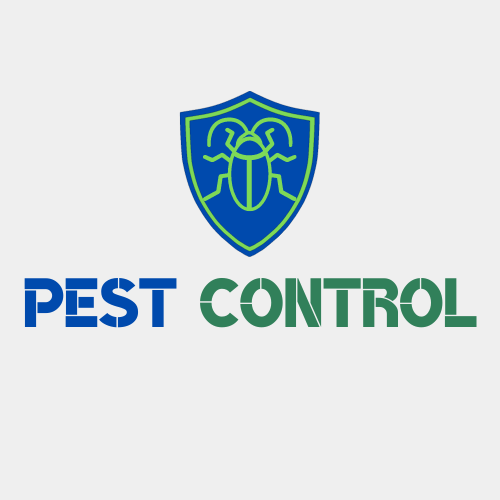Introduction to Pest Management in Forestry Plantations
Pests in forestry plantations pose significant challenges to the health and productivity of trees, affecting timber quality and forest sustainability. Effective pest management is crucial for protecting forest resources and ensuring long-term productivity. This essay explores various strategies for managing pests in forestry plantations, focusing on integrated pest management, monitoring techniques, biological control, and silvicultural practices.
Integrated Pest Management (IPM)
Integrated Pest Management (IPM) is a comprehensive approach that combines multiple pest control methods to manage pest populations in forestry plantations effectively. IPM strategies involve monitoring pest levels, assessing economic thresholds, and applying a combination of control measures. These measures may include biological control, chemical treatments, and cultural practices. By integrating various methods, IPM aims to reduce pest populations while minimizing environmental impact and avoiding the overuse of chemicals.
Monitoring and Early Detection
Regular monitoring and early detection are essential for managing pests in forestry plantations. Monitoring involves inspecting trees and plantation areas for signs of pest activity, such as leaf damage, larvae, or insect presence. Early detection allows for timely intervention and prevents pest populations from reaching damaging levels. Techniques such as pheromone traps, visual inspections, and remote sensing can be used to monitor pest activity effectively. Accurate and consistent monitoring helps inform pest management decisions and ensures a proactive approach to pest control.
Biological Control
Biological control involves using natural enemies, such as predators, parasitoids, and pathogens, to manage pest populations in forestry plantations. This method leverages the natural ecological relationships between pests and their natural enemies. For example, introducing ladybugs to control aphid populations or releasing parasitic wasps to target caterpillars can help regulate pest numbers. Biological control is a sustainable and environmentally friendly approach that reduces reliance on chemical pesticides and promotes ecological balance within the plantation.
Silvicultural Practices
Silvicultural practices are crucial for managing pests in forestry plantations by creating conditions that reduce pest vulnerability. Practices such as thinning, pruning, and selecting pest-resistant tree species can enhance forest health and reduce the likelihood of pest infestations. Thinning helps improve air circulation and light penetration, reducing the humidity that can favor pest development. Pruning removes infected or infested branches, preventing the spread of pests. Additionally, choosing tree species with natural resistance to specific pests can contribute to overall pest management efforts.
Chemical Control and Precautions
While non-chemical methods are prioritized, chemical control may be necessary for severe pest infestations. When using chemical treatments, it is important to follow application guidelines and safety precautions to minimize environmental impact and protect non-target organisms. Choosing targeted pesticides and applying them at appropriate times can enhance effectiveness and reduce potential harm. Integrated with other pest management strategies, chemical control can be used judiciously to address pest issues while maintaining ecological balance.
In conclusion, managing pests in forestry plantations requires a multifaceted approach that includes Integrated Pest Management (IPM), regular monitoring, biological control, silvicultural practices, and, when necessary, chemical control. By employing these strategies, forest managers can protect tree health, maintain productivity, and promote sustainable forest management. Effective pest management ensures the longevity and vitality of forestry plantations, supporting both ecological and economic goals.
